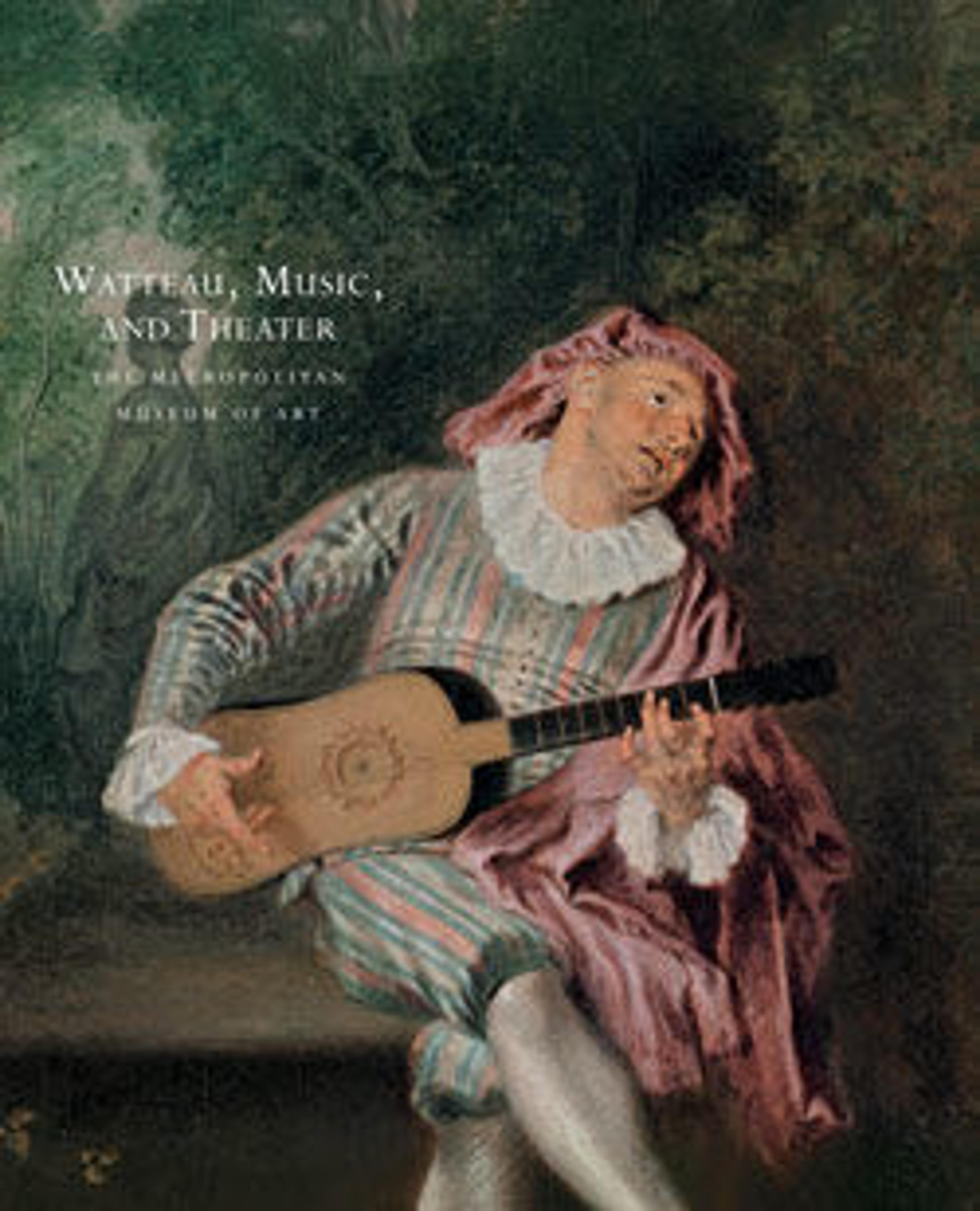A Masked Ball in Bohemia
This is the only known study for the decoration of the ballroom at Ceský Krumlov, a castle in Bohemia that belonged to Prince Joseph Adam zu Schwarzenberg. The elaborate illusionism suggests that it may be by the prince's architect and designer, Andreas Altomonte. The wall paintings, which are less sophisticated, are signed by Josef Lederer and dated 1748.
Artwork Details
- Title: A Masked Ball in Bohemia
- Artist: Attributed to Andreas Altomonte (Austrian, Warsaw or Vienna 1699–1780 Vienna)
- Date: ca. 1748
- Medium: Oil on canvas
- Dimensions: 19 x 38 in. (48.3 x 96.5 cm)
- Classification: Paintings
- Credit Line: Bequest of Mariana Griswold Van Rensselaer, 1934
- Object Number: 34.83.2
- Curatorial Department: European Paintings
More Artwork
Research Resources
The Met provides unparalleled resources for research and welcomes an international community of students and scholars. The Met's Open Access API is where creators and researchers can connect to the The Met collection. Open Access data and public domain images are available for unrestricted commercial and noncommercial use without permission or fee.
To request images under copyright and other restrictions, please use this Image Request form.
Feedback
We continue to research and examine historical and cultural context for objects in The Met collection. If you have comments or questions about this object record, please complete and submit this form. The Museum looks forward to receiving your comments.
